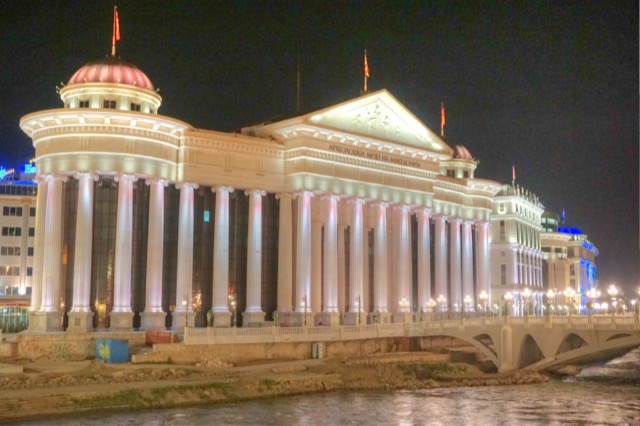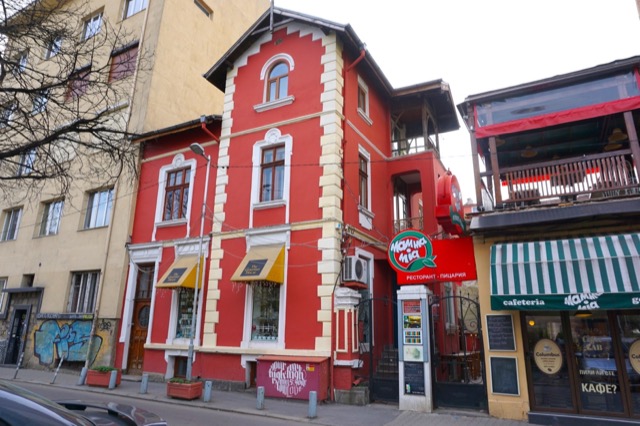Despite a “growing population, a rebounding economy, growing total employment, and an aggressively argued hypothesis that the millennial generation is meaningfully different than their forefathers,” says transportation researcher Steven Polzin, “transit ridership has remained stubbornly modest.” That’s a generous view that takes into account slow ridership growth between 2012 and 2014 but ridership declines in 2015.
Polzin points to numerous factors that work against transit: lower fuel prices, increased auto sharing, increased cycling and walking, and diminishing returns on extensions of existing transit services. He also points out that, contrary to claims that Americans are substituting transit for driving in large numbers, recent data suggest that “the new normal for travel trends is looking more like the old normal.”
However, he misses a couple of key points. First, Polzin compares transit ridership over time with the population, concluding that per capita transit ridership “is a pretty straight horizontal line since about 1970.” In fact, he should have compared transit ridership with the urban population, as few rural residents are served by transit. Since the urban population is growing faster than the overall population, per capita urban transit ridership has declined by about 15 percent since 1970. This makes transit’s future appear even dimmer than Polzin suggests.









